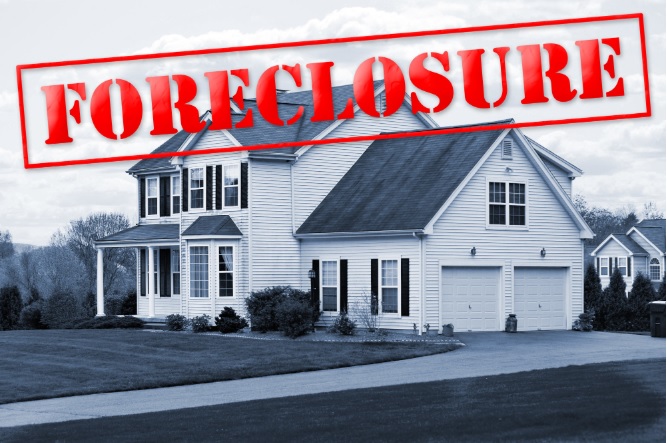Have you wondered what the process is for a foreclosure on a property?
According to Attom Data, 362,275 homes in the U.S. foreclosed last year. A foreclosure is either a difficult process to go through or an opportunity to pick up a property on the cheap.

Whether you’re on either side of the spectrum when it comes to foreclosures, we’re here to give you some details, so you have more of an understanding of how this process works. In this article, we will paint you a picture of the foreclosure process.
Defaulting on Payment
When a homeowner is behind on their mortgage payment by one or more payments, they default on the loan. The bank or financial institution that issued the loan will send the owner a letter by mail, letting them know they have not received payment.
Most lenders will offer a grace period of 15 days to pay the balance. If paid before, they won’t receive any late charges.
Missing two payments will result in a late fee assessed along with a demand for payment letter.
Notice of Default
when the subject doesnt make a payment, a notice of default letter is typically sent to the owner when the 90-day period ends. The lender will place a letter on the door of the property and forward the account to the foreclosure department.
Depending on the lender, they can work out payment plans for you to get caught up or give you another 90 days to get current to reinstate the loan.
Trustee’s Sale Notice
- If the loan is past due for another 90 days, a Trustee’s sale notice will get sent to the treasurer’s office for that county. An online or newspaper publication gets published stating that the property will be going up for auction. The Information included is:
- Owners name
- Description of the property
- Property address
- Time and place of sale
Trustee’s Sale
A trustee’s sale occurs when the property is formally placed for auction, and the sale goes to the highest bidder. Read more here
Requirements for acquiring property need to be met for the sale to proceed.
If the highest bidder does not meet the requirements for the sale, the property will go back to auction.
Bank Owned
The bank ends up owning the property if the property doesn’t sell at auction. If this happens, the bank or financial institution will become the property owner and will attempt to sell the property on their own through their own means.
Eviction of Occupants
Once the property sells via auction or the bank-owned process, a formal letter delivered by the Sheriff’s department informs the occupants that they need to vacate the premises.
The occupants of the property may be alotted several days to remove their belongings from the premises.
In The End
Sometimes life hits hard, and a foreclosure is unavoidable. To avoid the foreclosure process, speak to your lender as soon as possible about any repayment programs they may offer or other payment arrangements. On the other hand, a foreclosure for someone who purchases property can be a great way to find a property on the cheap.
Did you find this article helpful? Make sure you check back with us for more useful real estate related articles.














